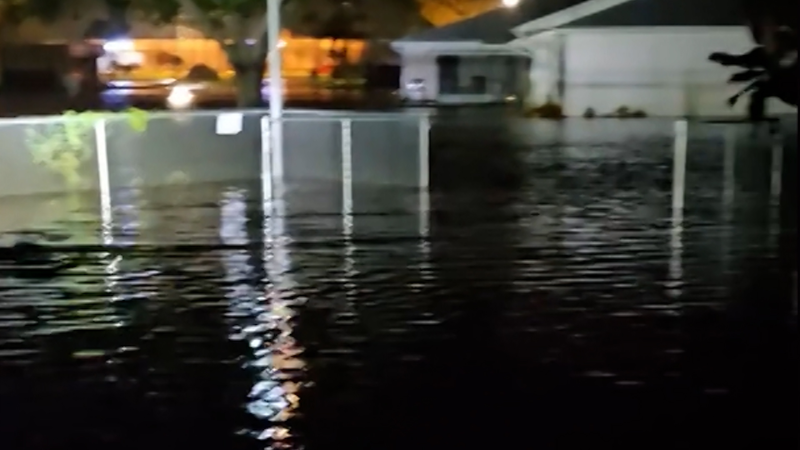Older, thicker ice now very scarce in the Arctic
In September 2023, the sea ice extent in the Arctic basin was the fifth lowest in the satellite record while the maximum sea ice extent in the Antarctic region for 2023 was the lowest on record, going back to 1979.

In the Antarctic region, sea ice extent remains at record low levels and well below recent years. There is growing evidence that the Antarctic sea ice system has entered a new regime, featuring a much stronger influence of warm ocean waters limiting ice growth, according to the National Snow and Ice Data Center (NSIDC).

More importantly, there remains very little in the way of older (multiyear), thicker sea ice in the Arctic compared to what there was back in the 1980s and 1990s. Much of the older, thicker ice can usually survive the summer melt season. Younger and thinner sea ice typically melts out completely during the summer season, leaving more and more open water, which in turn allows more of the sun's energy to be absorbed by the ocean surface in the Arctic, leading to more warming.
As of September 2023, there was about 36,000 square miles of older, thicker sea ice in the Arctic. Back in the 1980s, there was over 950,000 square miles, according to the NSIDC.

















